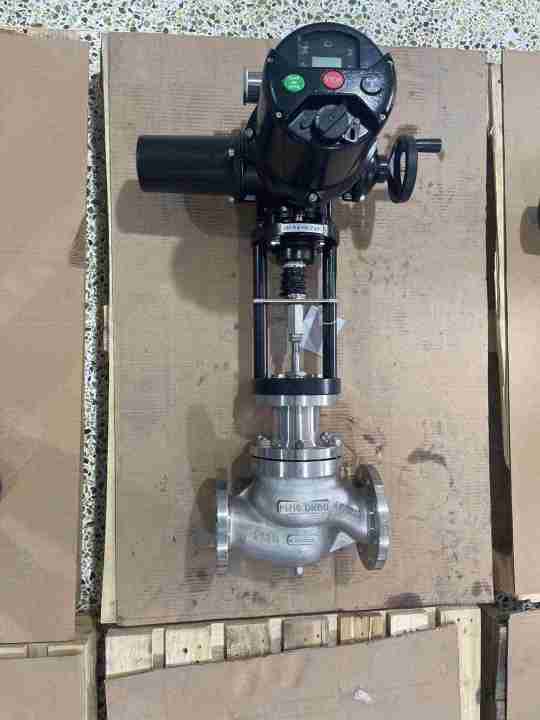In modern industrial applications, control valves are essential components for regulating fluid and gas flow. Among the various types of control valves, the electric two-seat regulating valve stands out as a highly efficient and reliable solution for many industries. These valves are designed to handle the precise control of fluid flow in a variety of processes, making them indispensable in industries such as chemical processing, oil and gas, HVAC systems, and water treatment. This article delves into the design, functionality, and advantages of electric two-seat regulating valves, highlighting their importance in maintaining optimal control in industrial systems.

What is an Electric Two-Seat Regulating Valve? An electric two-seat regulating valve is a type of valve that uses an electric actuator to control the flow of fluid through two opposing seats. These valves are typically used for applications requiring precise flow control and are ideal for regulating the flow of gases, liquids, or steam. The valve is equipped with two seats that close or open in response to the actuator’s position, allowing for fine adjustment of flow. The valve consists of three main components: the valve body, the electric actuator, and the control mechanism. The body houses the two seats, which are designed to seal tightly when closed and allow fluid to pass when open. The electric actuator is the component responsible for moving the valve seats in response to control signals from a process control system, ensuring that the flow is regulated according to the desired parameters. The control mechanism may include feedback systems that allow for continuous monitoring and adjustment of the valve’s position to maintain precise flow control.
Leave a Reply